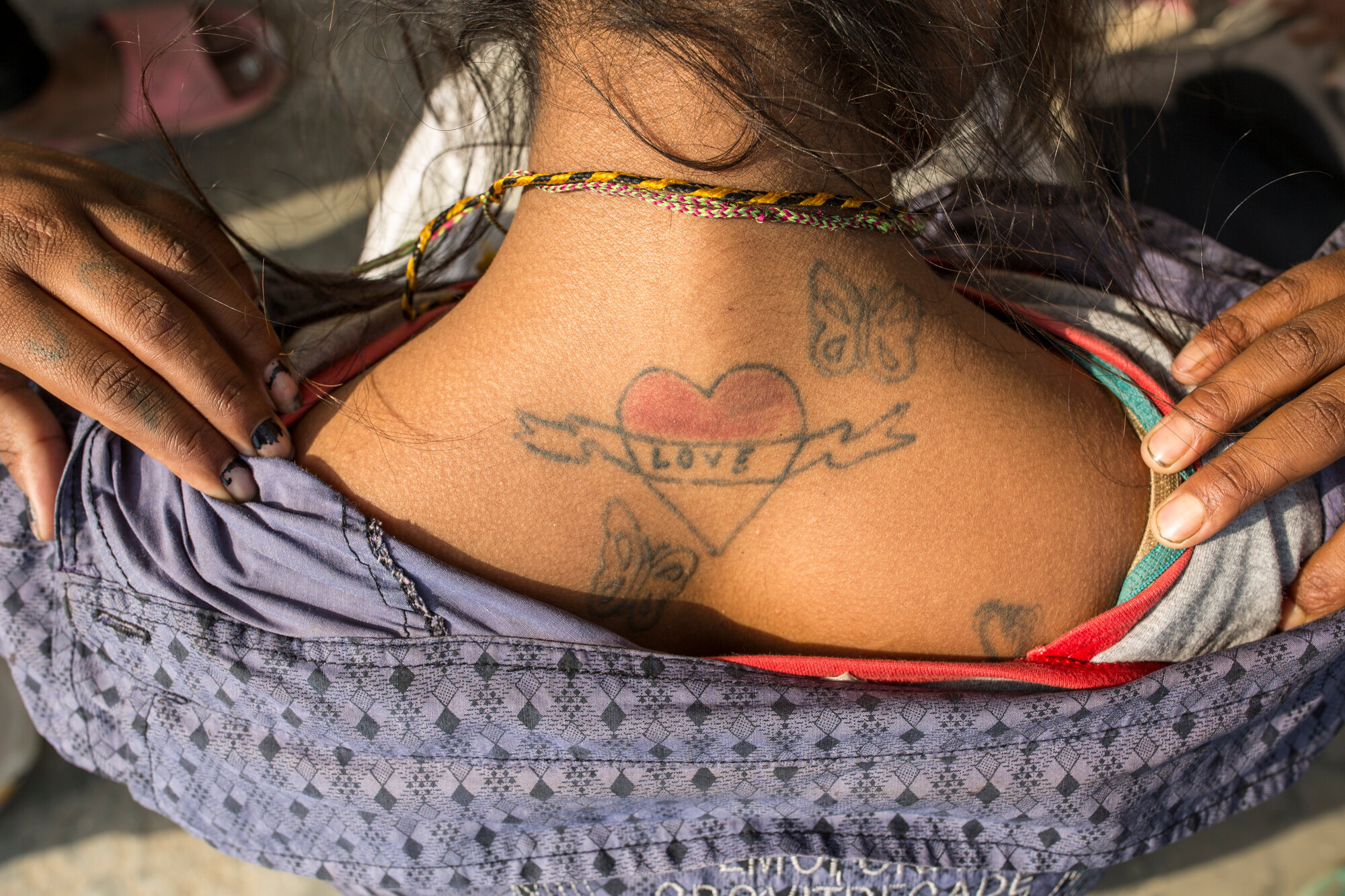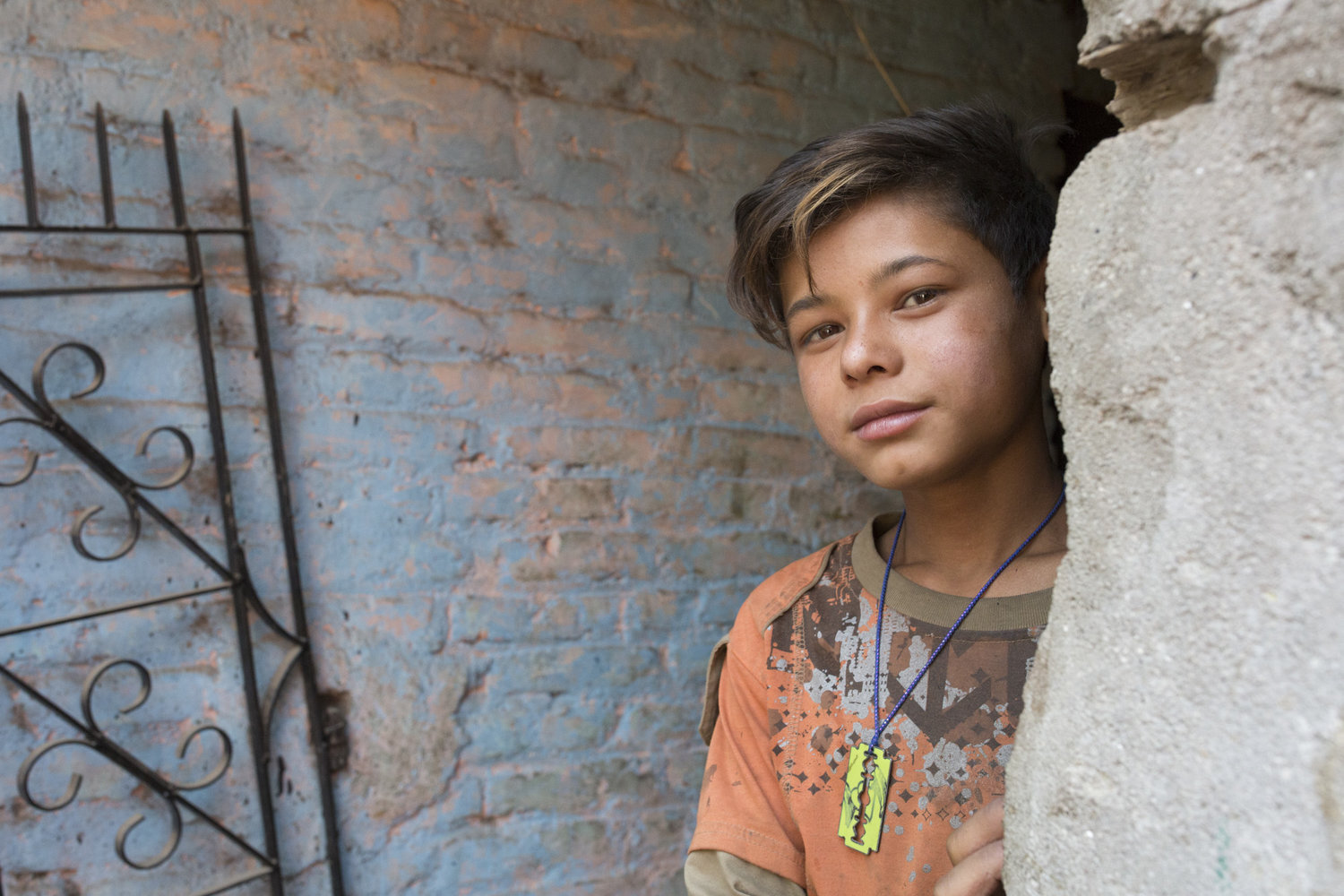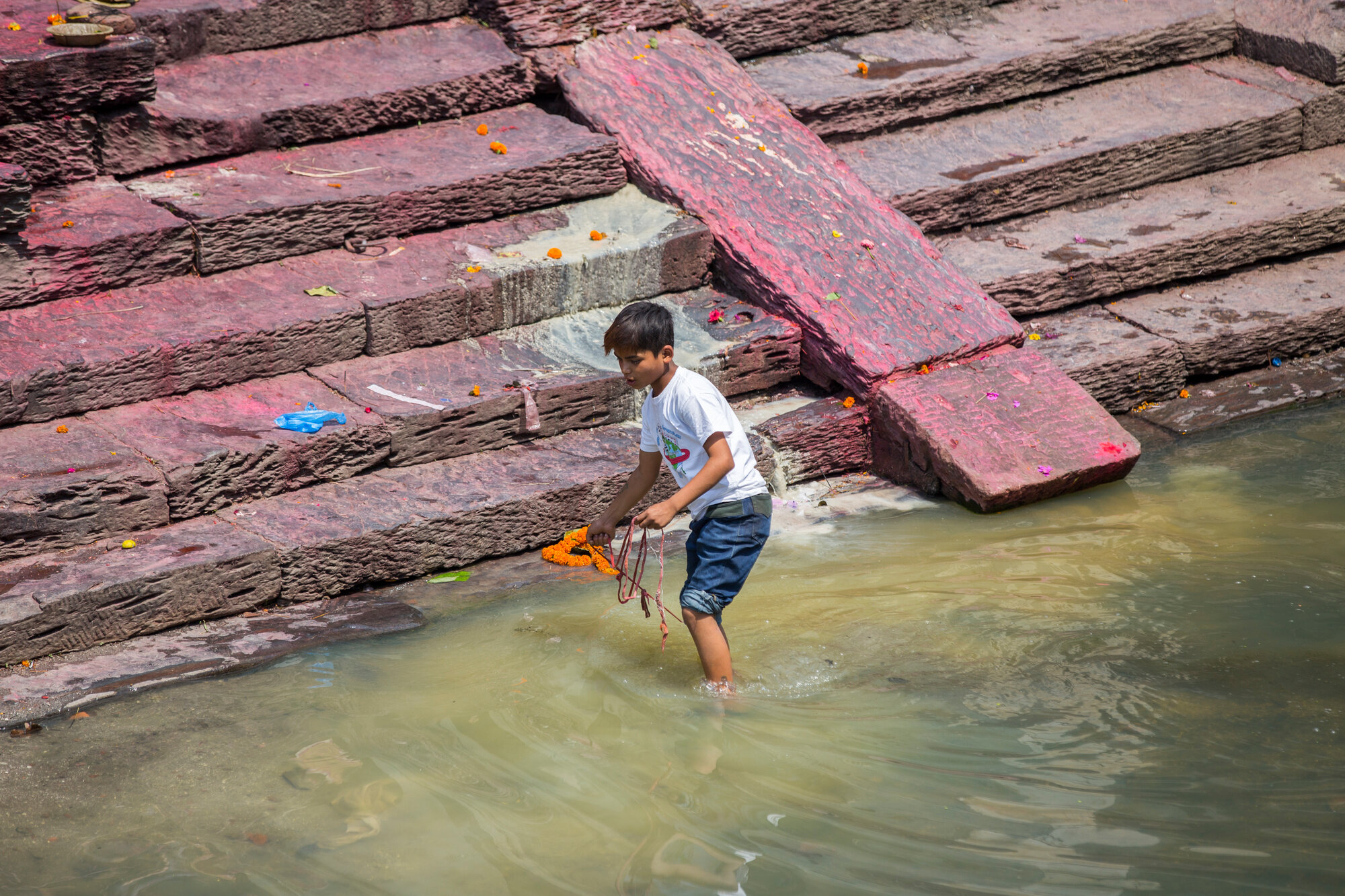WE HAVE NO DREAMS
At the edge of a small, dusty dirt field on the eastern outskirts of Kathmandu a group of children have gathered to play football. The air is thick and hazy, a sufffocating mix of pollution and smoke from the adjacent open air crematorium. More alarming though, is the piercing toxic stench of the the glue which the kids, locked in an alternating and revolving huddle, inhale repeatedly. The solvent high provides a temporary escape from the pain of their daily struggles and the persistent pangs of hunger. When I asked one boy what he dreams of for the future his reply was a listless 'We have no dreams'.
In Nepal there are an estimated 5000-6000 children living on the streets, with approximately 2000 in Kathmandu alone. Their numbers have increased exponentially since the devastating earthquake of 15th of April 2015 which created a huge number of internally displaced people.
Highly vulnerable to explotiation and abuse, they have fallen through the fractured saftey net of Nepalese society which does little or nothing to protect them. Sexual and physical violence is rife. Oftentimes malnourished, weak and prone to severe mental and physical health problems they are under constant threat of abuse in almost every direction they turn. Widely misunderstood, much maligned and stigmatised by the vast majority of the population they become wary of people claiming to help as too often their motives have proved more sinister.
After receiving no aid from the government and being routinely taken advantage of by those in positions of power or those falsely claiming to want to help them, it takes a great amount of work with outreach programmes to gain their trust. Many are caught in a cycle of drop in centres and then back to the streets,. As even though the streets are full of risks; for many of the children these 'street gangs' are the closest thing to love they have experienced in their young lives.
A group of street children from the Pashupatinath area of Kathmandu gather in the corner of an abandoned building to inhale glue. Most children are on the streets after fleeing abuse at home, escaping traffickers or being sold into domestic or commercial slavery by their family.
Both Suman and Bikram have been on the streets for as long as they can remember. When asked what they dream of they both say 'We have no dreams'.
Danesh
Young Gita shows off her tattoos. Most of the children have 'homemade' inkings which they do themselves by puncturing the skin and filling with ink from pens.
Binita - The young mother and one of the few girls on the street watches on as the boys play football.
Barefoot football
Rajesh 'I am maybe 14'. Many of the children are very small for their age due to years of malnutrition.
Young mothers in Pashupatinath
A sleeping spot for the children at the edge of Pashupatinath Temple, Kathmandu.
A child waits for a cremation ceremony to end at Pashupatinath open crematoria in order to sift through the remains of the offerings for food or anything of value.
A child sifts through the run-off water from a recent cremation at Pashupatinath. The temple sits on both sides of the Bagmati River, which ultimately joins the Holy mother River Ganges, so items of small value laid down with the corpses pre-cremation may be washed into the river.
Street children enjoy a meal provided by a small locally run charity who do weekly check ins on this group of children.












